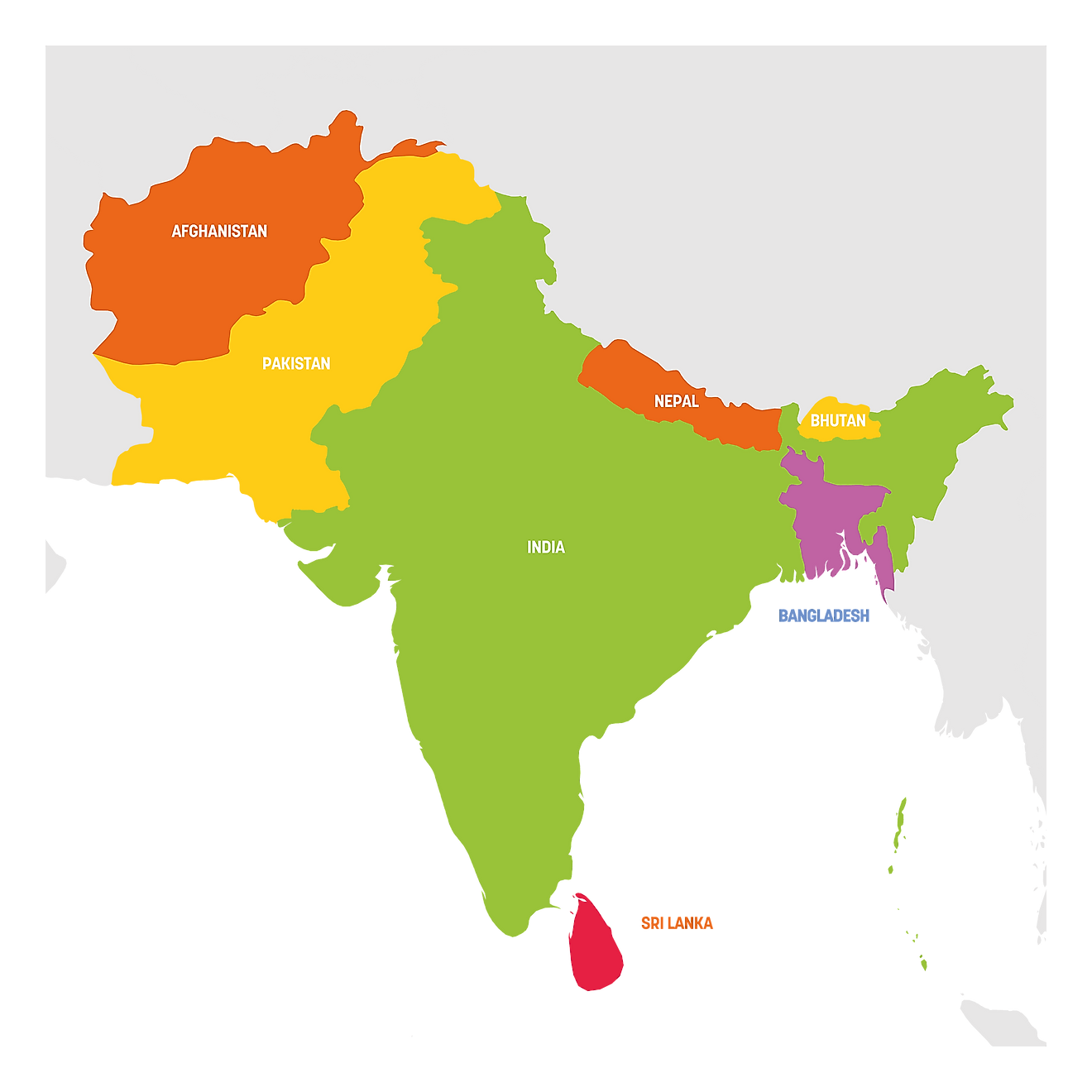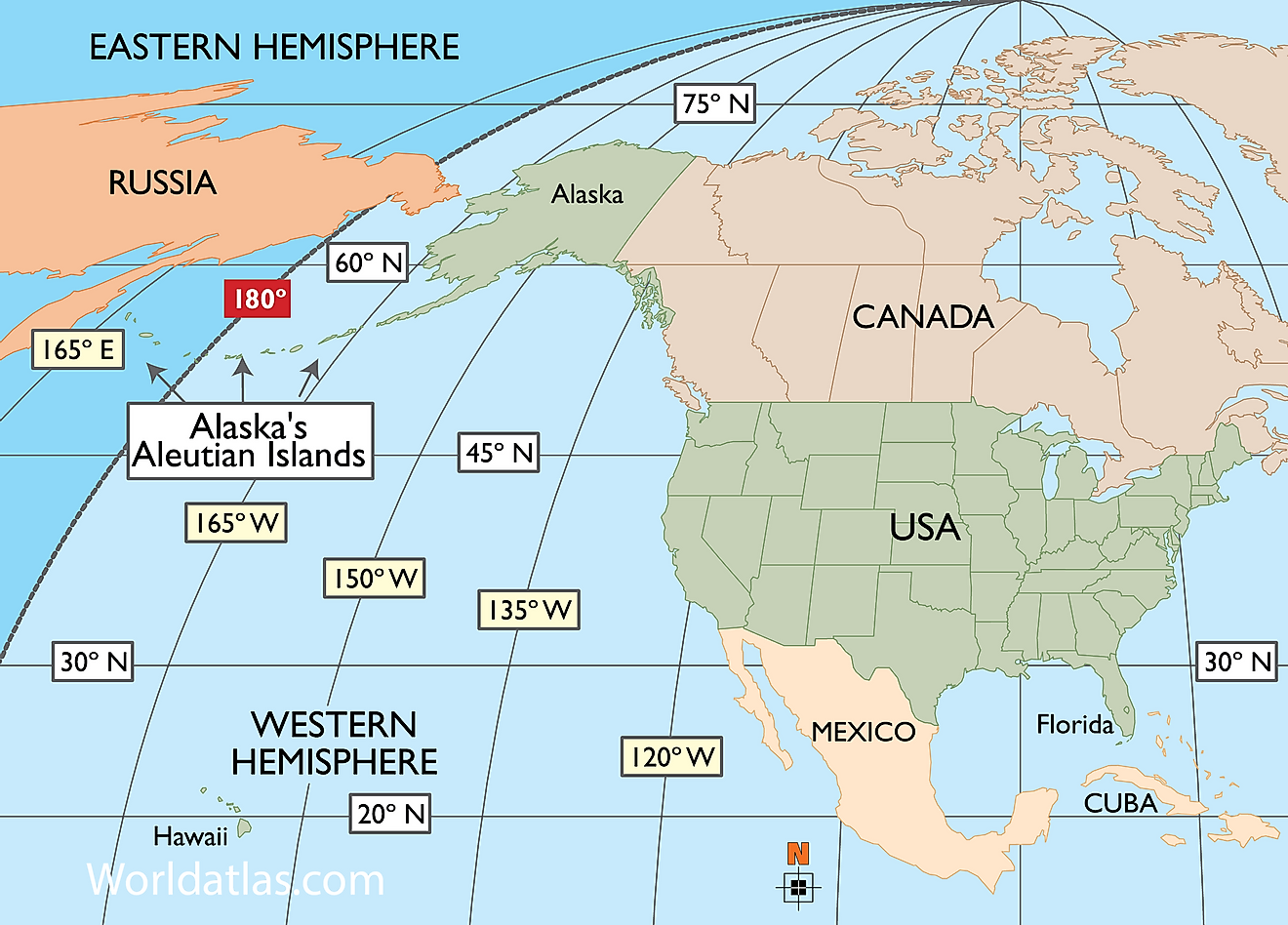Mysteries Of The Dead Sea
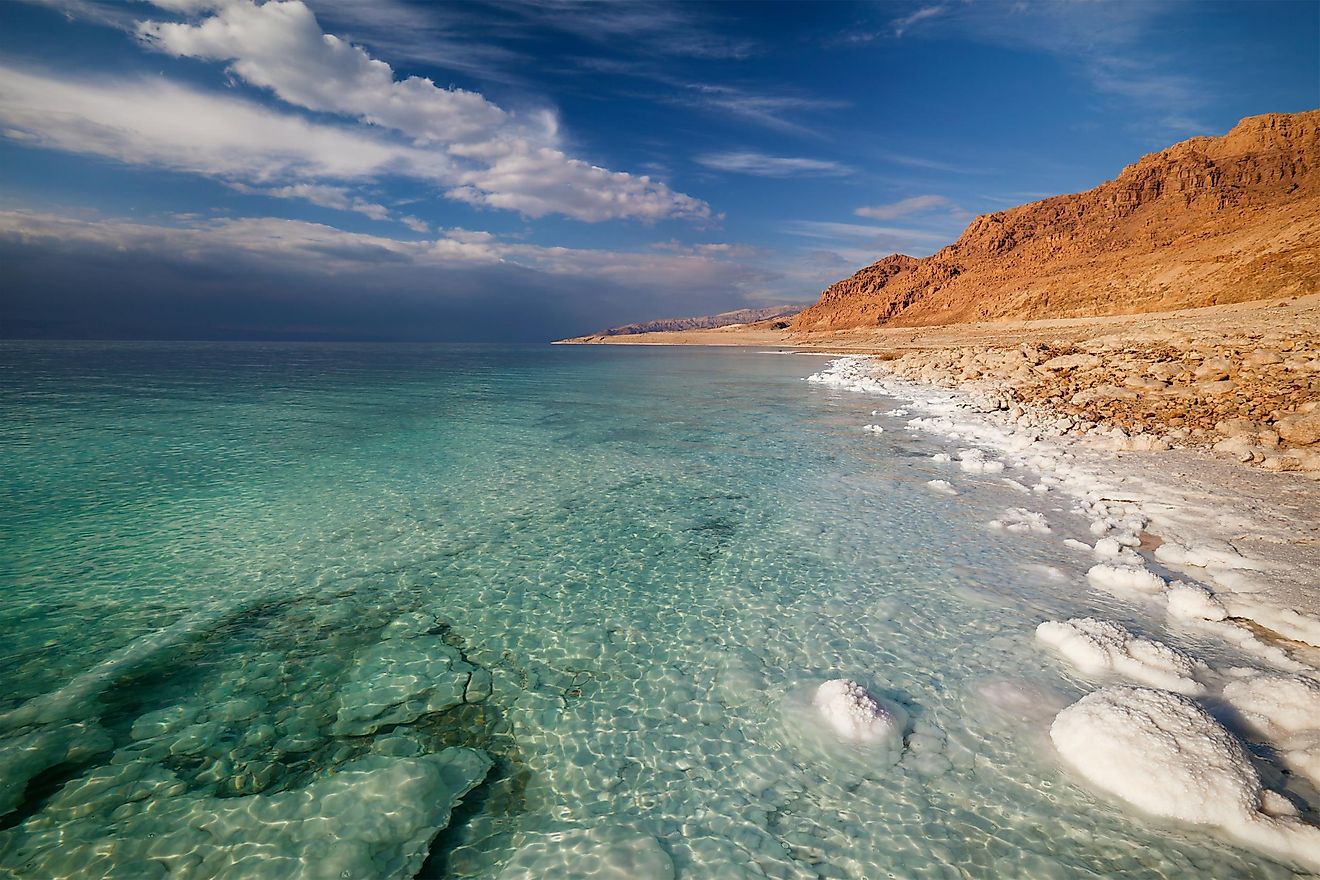
- The minerals of the Dead Sea are thought to have healing properties.
- The Dead Sea is actually not a sea, but a salty lake.
- The Dead Sea is shrinking every year and it's half the size it was a century ago.
Straddling the border between Israel and Jordan is the lowest place on Earth; the Dead Sea also called the Salt Sea in Hebrew. Technically a lake, it’s located 430.5 meters, or 1412 feet below sea level, full of salt, and all but devoid of life. It is also the deepest salt lake in the world, with a depth of 304 meters, or 997 feet. Here are some of the mysteries of the Dead Sea.
Is the Dead Sea devoid of life?
Actually, the Dead Sea isn’t completely dead. Large species, like fish and frogs, however, cannot survive in the body of water because it contains too much salt. Much more, in fact, than the world’s seas and oceans. The Dead Sea can, however, support microbial life.
What makes the Dead Sea so salty?
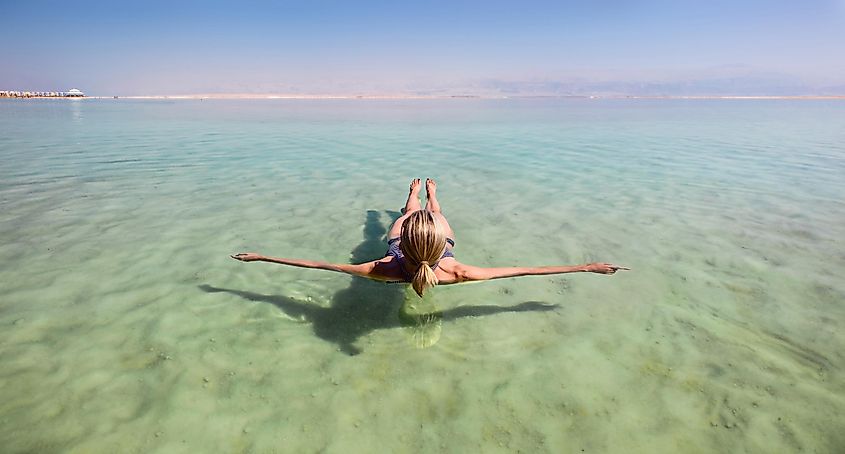
Credit: Shutterstock image by Jason Busa
The Dead Sea is landlocked, and because of this, the water from it evaporates. Left behind are massive amounts of salt, so much so that the salt density allows people to float on it.
Why do people visit the Dead Sea?
The lake offers a beautiful landscape of turquoise water and surrounding mountains making it a popular vacation destination. But there’s more to the Dead Sea than meets the eye. Rich in minerals, its water and mud are believed to have healing properties. People from all over the world flock to its shores to treat acne problems, psoriasis, cellulite, and anything from muscle aches to arthritis.
Beauty products made with the water from the lake are sold worldwide.
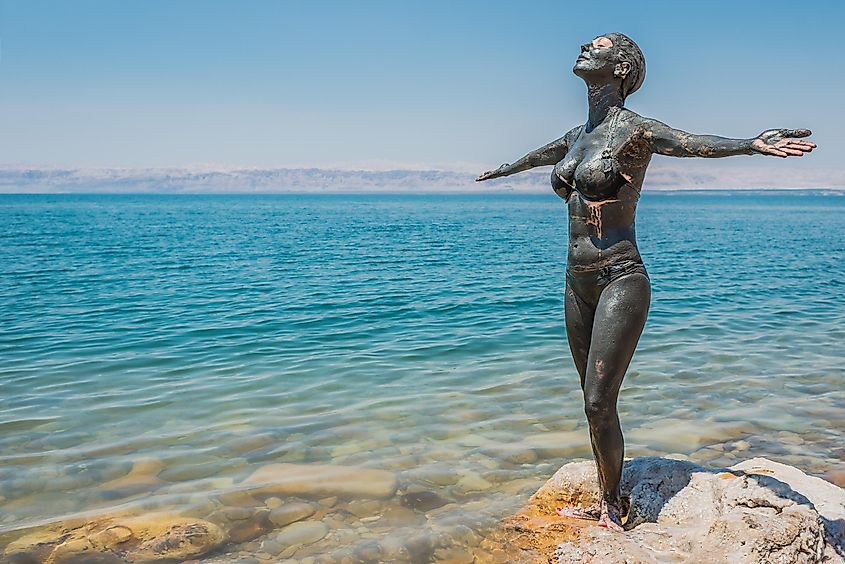
Credit: Shutterstock image by Ostill
The Dead Sea during Biblical times?
According to biblical stories, the Dead Sea land was once abundant with life and water, but God made it rain fire and brimstone on the cities of Sodom and Gomorrah turning the once plentiful region into a wasteland.
It is mentioned repeatedly as “Salt Sea”, “Sea of Arabah” and “Eastern Sea” and referenced in various stories like that of Lot’s wife. According to the book, two angels visit Lot and his family and urge them to flee before the incoming apocalypse. The caution them not to turn back, but Lot’s wife cannot help but glance behind her and is turned into a pillar of salt. To this day, nestled at the Mount of Sodom, near the lake, her pillar remains.
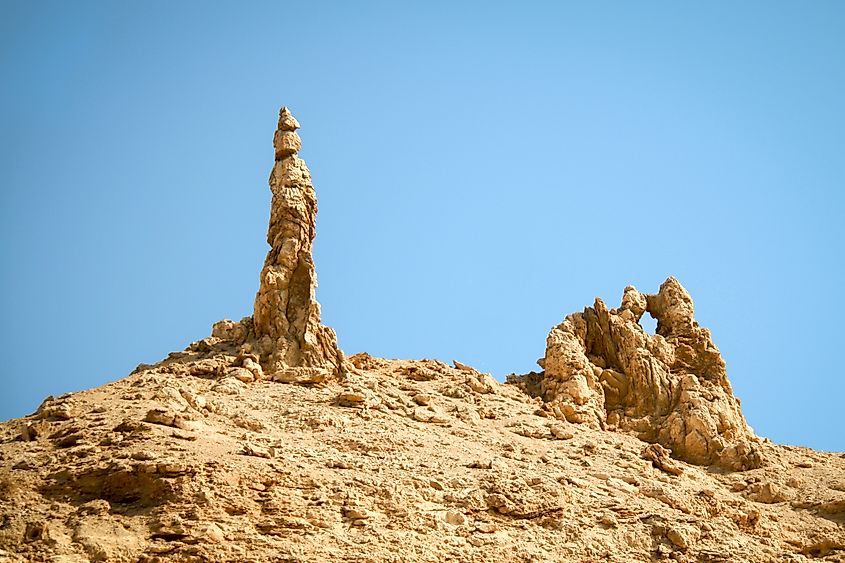
Credit: Shutterstock image by Kylie Nicholson
The nearby area of Ein Gedi, now the site of a nature reserve and an Israeli collective settlement known as a kibbutz, is said to have been a place of refuge for David from King Saul, who sought to kill him.
The Dead Sea region is also home to the ancient fortress of Masada, which was the site of a heroic act of resistance by Jews against the Roman Empire. According to historical accounts, a group of Jewish rebels, known as zealots, took refuge in the fortress after the destruction of Jerusalem and Solomon's Temple by the Romans in 70 CE. There, they fought the Roman legions and when the Romans were on the cusp penetrating the fortress, rather than be captured, the zealots chose to commit suicide. To this day, the story of Masada is regarded by Jews and Israelis as a testament to the endurance and determination of the Jewish people.
Surrounding the Dead Sea are numerous caves, which were inhabited by many ancient Jewish sects. It’s in those caves that the Dead Sea Scrolls were found in 1947, cementing once and for all, the lake’s biblical history.
Is there snow at the Dead Sea?
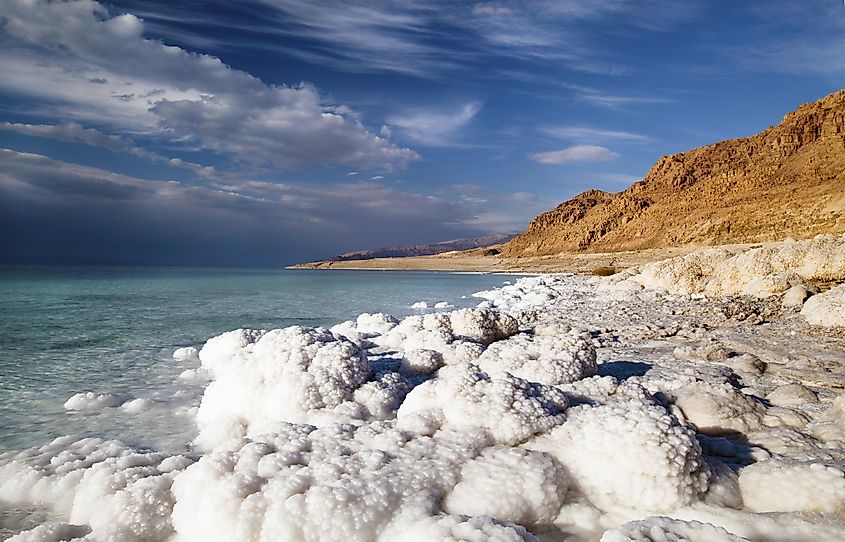
Credit: Shutterstock image by Bader
At the end of summer, the Dead Sea is covered by a thin layer of “snow”. A mystery since it first appeared in the 1980s, this occurrence has recently been explained as salt precipitation. The “snow” is the result of “double-diffusive convection”, a phenomenon that occurs when the water from the very salty upper layer of the Dead Sea combines with the less salty water of the deeper layer.
Is the Dead Sea shrinking?
Already half the length it was a century ago, experts believe that the Dead Sea is shrinking by an average of 3.3 feet per year. This is due to water from the Jordan River, the Dead Sea’s only source of water, being diverted to be used as drinking water. In 2015, Israel and Jordan agreed to stabilize the water levels of the Dead Sea by building a canal between it and the Red Sea to the south, which would allow the two countries to pump three hundred million cubic meters of water annually into the Dead Sea. So far, however, efforts to make this canal a reality have been stalled for political reasons.
Another reason for its size decrease is the continuous extraction of its minerals for cosmetic use. as well as the hot, dry climate of the Middle East, which makes replenishing any body of water in the region almost impossible.









